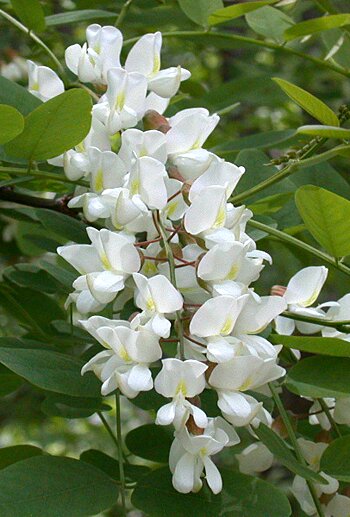
| A common, medium-sized tree of edges and waste places. Native to the Appalachians, where it is abundant and planted as an ornamental further east. It frequently escapes from cultivation and is now thoroughly naturalized in the Piedmont and Coastal Plain. The fragrant flowers, produced in late April, are quite stunning. Duke campus, Durham, NC 4/24/2003.
| 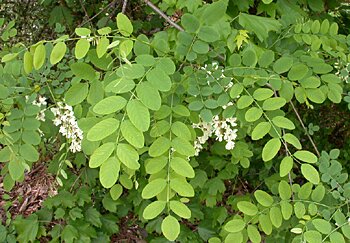
| The pinnately compound leaves, with many elliptical leaflets, are distinctive. The most similar species is Honeylocust (Gleditsia triacanthos), which has yellow flowers and much larger thorns and pods.
|
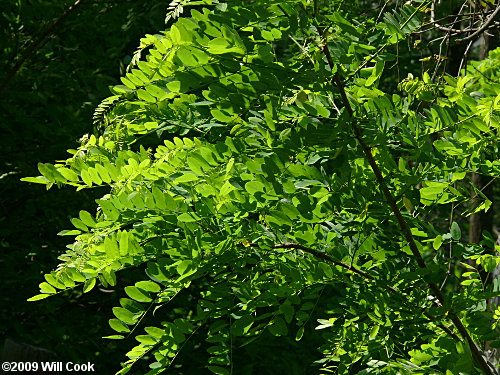
| Grayson Co., VA 5/30/2009.
| 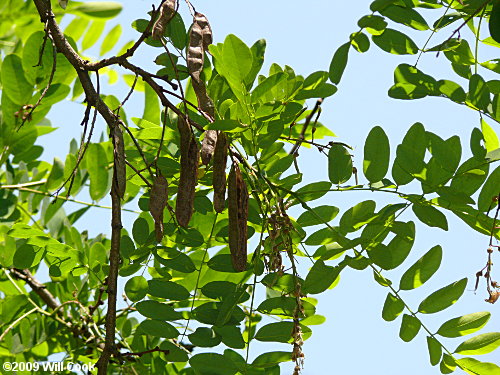
| Grayson Co., VA 5/30/2009.
| 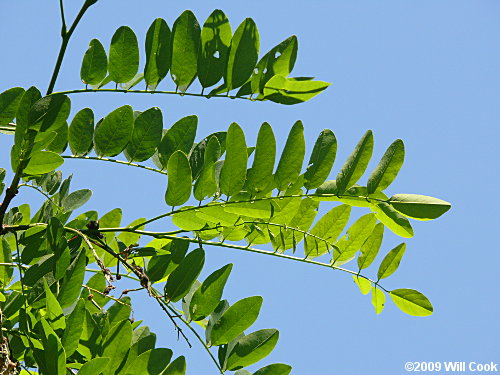
| Grayson Co., VA 5/30/2009.
|
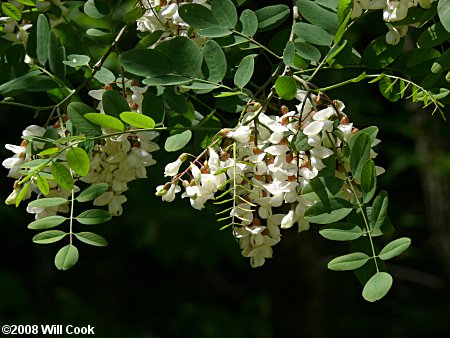
| Haywood Co., NC 5/9/08.
| 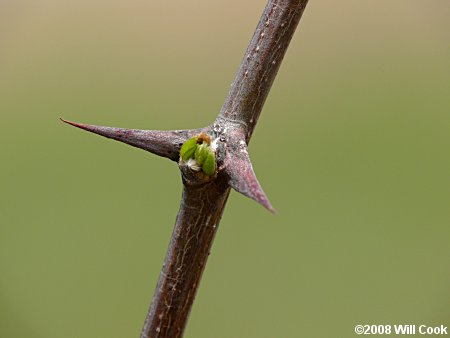
| Black Locust is armed with two spines at the base of each leaf or leaf bud. Haywood Co., NC 5/10/08.
| 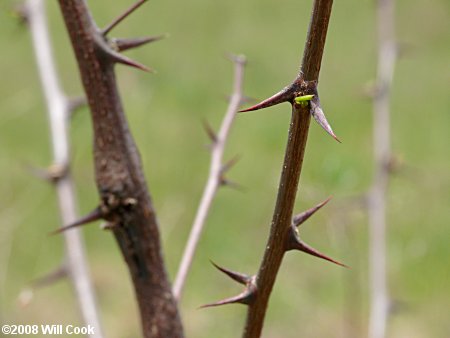
| Haywood Co., NC 5/10/08.
|
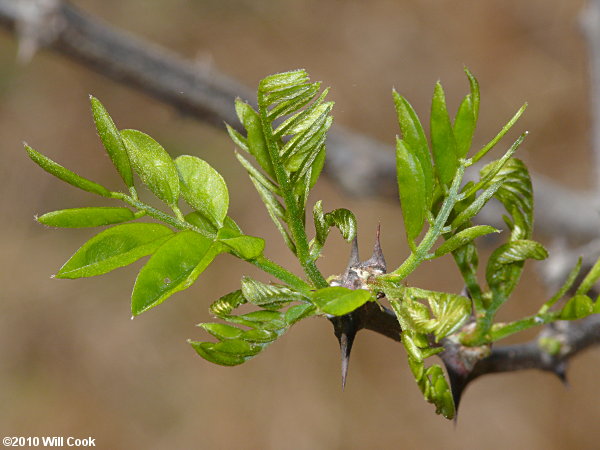
| Carroll Co., VA 4/11/10.
| 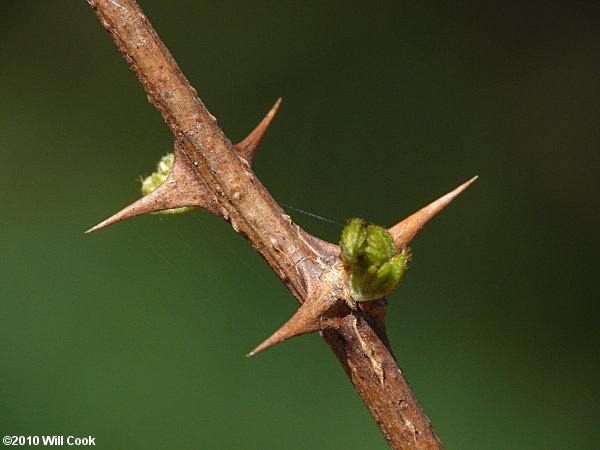
| Carroll Co., VA 4/11/10.
| 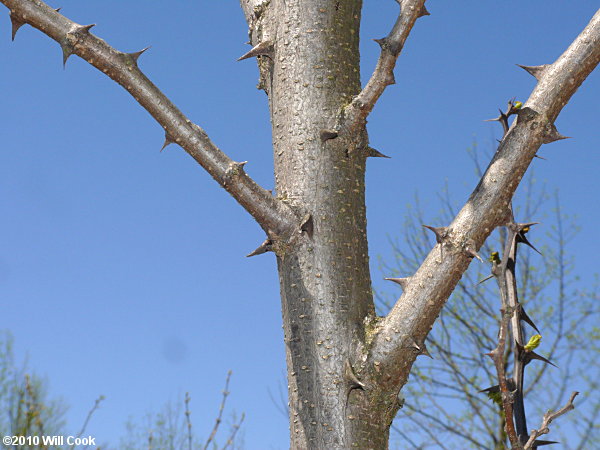
| Carroll Co., VA 4/11/10.
|
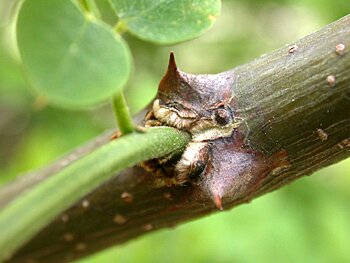
| Durham, NC 4/24/2003.
| 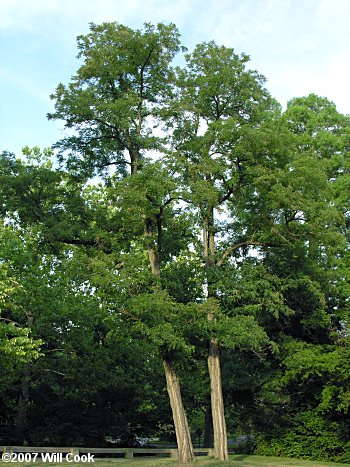
| Blacksburg, Montgomery Co., VA 7/13/07.
|
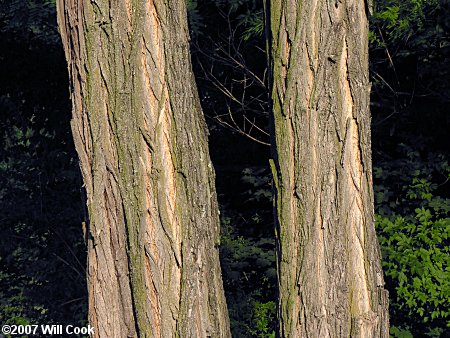
| The bark of older trees is deeply furrowed and has diamond-patterned ridges. Blacksburg, Montgomery Co., VA 7/13/07.
| 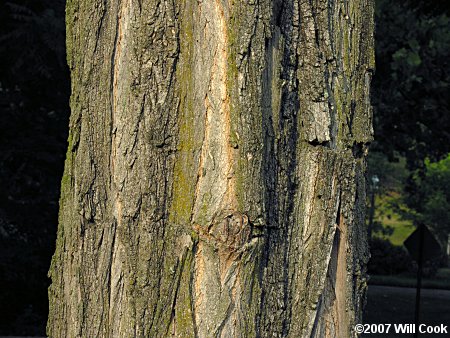
| Blacksburg, Montgomery Co., VA 7/13/07.
|
More information:
PCA Alien Plant Working Group
Trees of Alabama and the Southeast
US Forest Service Silvics Manual
Virginia Tech Dendrology
Recommended Tree, Shrub, and Woody Vine Identification Guides
|
|














